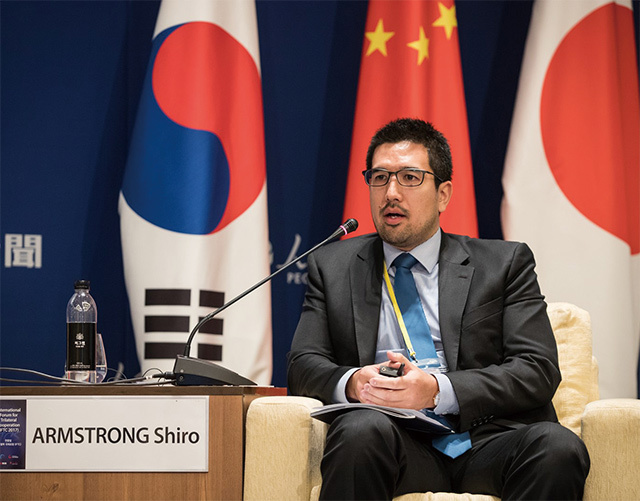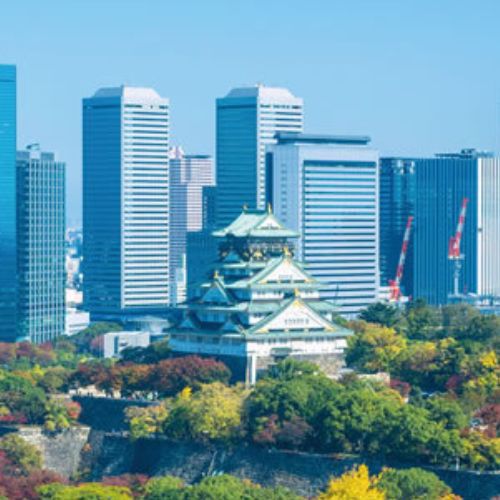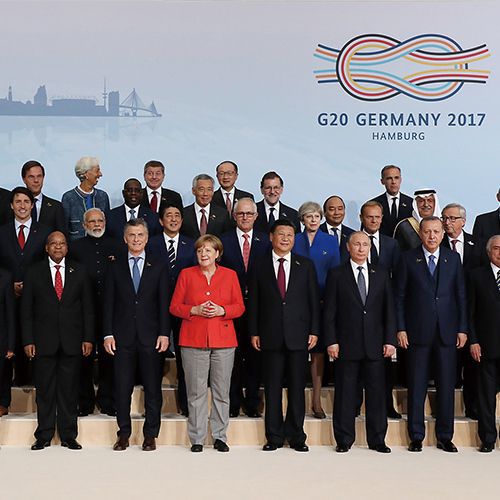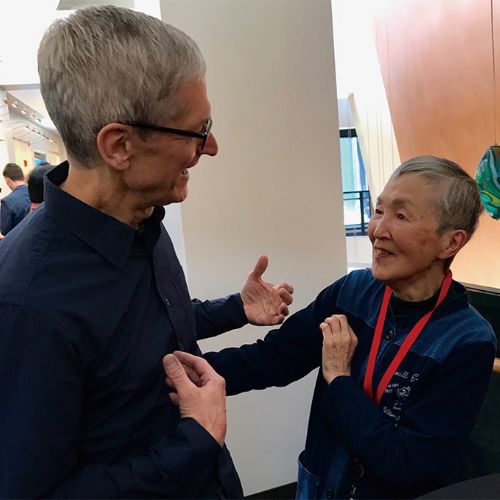Japan has found itself assuming new and unusual leadership responsibilities in the Asia Pacific as it deals with the rise of protectionism in the United States and parts of Europe. Japan has led the way in holding the line on the global economic rules-based order, through pressing conclusion of the Asia Pacific’s first mega-regional trade agreement in the Trans-Pacific Partnership (TPP) and initiating the EU-Japan Economic Partnership Agreement.
The leadership vacuum in the global economic system
The current U.S. administration’s America First agenda is a dramatic departure from the U.S. leadership of a multilateral order that has been the norm for over 70 years. That order defines the rules of trade and economic exchange between countries that have signed on to it through the World Trade Organization (WTO) and other international institutions and underpinned the growth in Asian economic relations and prosperity.
Dr. Shiro Armstrong
Armstrong is a Director of the Australia-Japan Research Centre and the Asian Bureau of Economic Research at the Crawford School of Public Policy at The Australian National University, and an Editor of the East Asia Forum. He is also a Research Associate at the Center on Japanese Economy and Business at Columbia University.
Economic relations between Japan and China have prospered hugely despite the ups and downs of their political relations because of both countries’ adherence to the rules of the WTO. Economic relations would unravel all over Asia if confidence in the WTO-led, rules-based order was undermined. Trade disputes, like that between Japan and China over rare earth metals in 2012, are settled peacefully in the WTO without resort to retaliation, escalation or force.
Protectionist measures may not have large, immediate economic effects but they pose a bigger and long-term threat to the entire global rules based system. Managed trade that includes measures such as voluntary export restraints will have negative effects on other countries, putting pressure on other markets to close up or ‘protect’ themselves. Asia cannot afford to see beggar-thy-neighbor policies and contagious protectionism. That is one challenge the free trade system faces. Another that is equally important is to expand the coverage of the agreed upon rules of economic exchange that are more relevant to business in the 21st century and to strengthen cooperation at the multilateral level.
The Asian region and the global economy have relied on American leadership but now it is necessary for Asia to step up and assume a larger leadership role on the global stage, commensurate with its economic weight and interests. Japan has positioned to take a more active leadership role but no one country in Asia can do this alone. Collective leadership will be required from those that have a large stake in the global trade regime. Asian leadership will require coordination and strategic action that doubles down on the rules-based global system. Japan is key, and other open economies such as Australia and Canada will be important. China, though it may seem unlikely, will be a critical partner.
Japanese leadership in a time of uncertainty
Prime Minister Abe effectively built a productive relationship with the current U.S. administration while holding the line on core national and global economic interests. His strategy has included laying the groundwork for improved relations with China.
Japan is leading the defence of the rules-based order and has so far managed the threat better than any other country. Japan has developed a strategic, pragmatic and principled approach to the problems that it and the world both now confront.
Japanese economic diplomacy has been re-imagined from one that largely sought expansion of markets and investment in Southeast Asia to a more strategic approach that aligns more closely with domestic reform and international priorities. The Japan-Australia Economic Partnership agreement and the EU-Japan Economic Partnership Agreement are important agreements that help reform the Japanese economy and achieve diplomatic goals as well.
The TPP was seen as an agreement that would use U.S. leverage to open up protected sectors in Japan consistent with domestic reform priorities. U.S. withdrawal from the TPP was a shock, but then Japan—now the Partnership’s largest economy—led the conclusion of the TPP-11 or rebranded Comprehensive and Progressive Agreement for Trans-Pacific Partnership (CPTPP). Australia was important, but conclusion of the TPP-11 would not have happened without Japan’s leadership.
TPP-11 does not deliver the big strategic goal of keeping the United States entrenched in Asia or providing a weighty defence of the global trading system. But TPP-11 does send the world a message on the region’s commitment to rules-based openness. That could add momentum for broader liberalisation in Asia by facilitating expansion of membership and by lifting the ambition in the Regional Comprehensive Economic Partnership (RCEP), an agreement being negotiated by the 10 ASEAN members as well as Australia, China, India, Japan, New Zealand and South Korea.
Australia and Japan are leading the way in opening markets, expanding rules and strengthening regional economic architecture. TPP-11 and RCEP are only two of the vehicles for lifting living standards for their members.
Japan is now stepping up to leadership in RCEP by hosting the first ministerial meeting outside of ASEAN in mid-2018. The grouping has real strategic significance given that it includes the large emerging market economies. Forging a core agreement in 2018 that locks in credible reforms in China, Indonesia, and India, and that helps Japan’s domestic reform agenda, will provide a major boost to the global economy. That will require strong leadership and political will.
Japan’s biggest play is still to come. Prime Minister Abe’s pragmatism saw him break the ice in relations with China in 2006 and he has laid the groundwork for once again improving relations with Japan’s most important economic partner. Mr. Abe has suggested that there could be room for cooperation on the Asian Infrastructure Investment Bank (AIIB) and China’s Belt and Road Initiative for Japan so long as the right conditions are met. The China-Japan-Korea trilateral has continued its work, despite the difficult relations in Northeast Asia, and was the arena for Premier Li Keqiang visiting Tokyo. Bilateral state visits look set to follow.
A breakthrough in the Japan-China relationship is overdue. It will boost Asian cooperation at a time when Asia must assume an important leadership role in global affairs.































